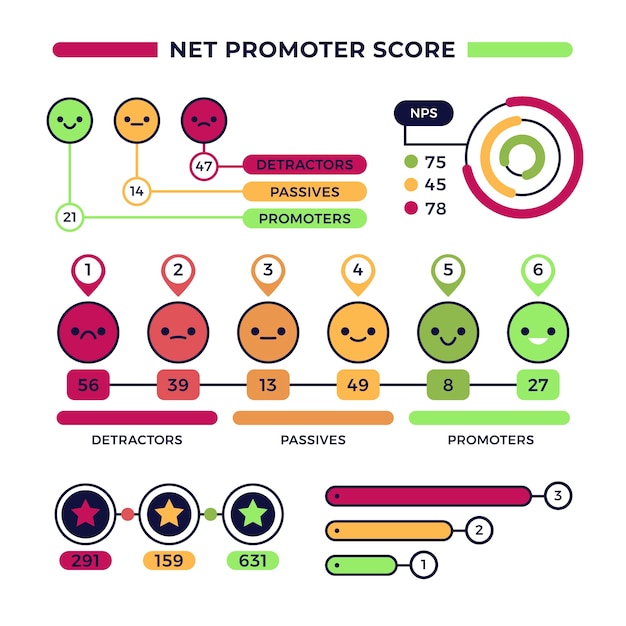
Understanding Possessive ‘s
Possessive ‘s is an important grammatical construction that allows us to indicate ownership or possession in English sentences. It is commonly used to show that something belongs to someone or something else. In this article, we will explore the usage and rules of possessive ‘s, along with some examples to help you better understand this concept.
Forming Possessive ‘s
The possessive ‘s is added to the end of a noun to indicate ownership. In most cases, it is added to singular nouns, while plural nouns without an “s” at the end require an apostrophe followed by an “s” (‘s).
Let’s take a look at some examples:
| Noun | Possessive ‘s |
|---|---|
| dog | dog’s |
| cat | cat’s |
| Mary | Mary’s |
| car | car’s |
When a noun already ends with an “s,” you can either add just an apostrophe (‘) or an apostrophe followed by an “s” (‘s) to indicate possession. Both forms are generally accepted, but it’s essential to be consistent in your writing.
For example:
| Noun | Possessive ‘s |
|---|---|
| James | James’ |
| class | class’s or class’ |
| bus | bus’s or bus’ |
Usage of Possessive ‘s
Possessive ‘s is primarily used to indicate ownership or possession. It is used with people, animals, objects, and abstract concepts. Let’s explore the different ways in which we use possessive ‘s:
Ownership of People and Animals
When we want to indicate that something belongs to a person or an animal, we use possessive ‘s.
Examples:
- Mary’s book
- The dog’s bone
- John’s car
In the examples above, we can see that the possessive ‘s is used to show that the book belongs to Mary, the bone belongs to the dog, and the car belongs to John.
Ownership of Objects
We also use possessive ‘s to show ownership or possession of objects.
Examples:
- The car’s engine
- The house’s roof
- The company’s logo
In these examples, the possessive ‘s is used to indicate that the engine belongs to the car, the roof belongs to the house, and the logo belongs to the company.
Ownership of Abstract Concepts
Possessive ‘s can also be used to indicate the possession of abstract concepts.
Examples:
- Time’s passage
- Love’s power
- Life’s challenges
In these examples, the possessive ‘s is used to convey that passage belongs to time, power belongs to love, and challenges belong to life.
Exceptions and Special Cases
While possessive ‘s follows the general rules described above, there are a few exceptions and special cases that are worth mentioning:
Plural Nouns
For plural nouns that already end with an “s,” you only need to add an apostrophe (‘) to indicate possession.
Examples:
- The teachers’ lounge
- The cats’ toys
- The cars’ colors
In these examples, the possessive ‘s is added after the existing “s” at the end of the plural nouns.
Joint Possession
When two or more people share ownership, the possessive ‘s is used only for the last noun. The other nouns are connected by “and.”
Examples:
- John and Mary’s house
- Tom and Jerry’s cartoon
- Mom and Dad’s car
In the examples above, the possessive ‘s is added after the last noun to indicate joint ownership.
Indeterminate Ownership
When we want to express a general idea of ownership without specifying a particular individual, we use possessive ‘s with non-specific nouns such as “everyone,” “someone,” or “anyone.”
Examples:
- Everyone’s opinion matters.
- Someone’s phone is ringing.
- Anyone’s guess is as good as mine.
In these examples, the possessive ‘s is used to convey that the opinion matters to everyone, the phone is ringing for someone, and the guess is as good as anyone’s.
Conclusion
Possessive ‘s is a valuable grammatical tool that allows us to indicate ownership or possession. By properly using possessive ‘s, we can clearly convey relationships between people, animals, objects, and abstract concepts. Remember the rules and exceptions mentioned in this article, and you’ll be able to confidently use possessive ‘s in your writing and conversations.






